An Education on K-Pop Idols
K-Pop (Korean pop music) makes us feel like we want to jump up and dance even if we can’t. It inspires us to be happy, excited, and energetic. K-Pop started in the early 1990’s. Its roots can be traced all the way back to 1885 when a missionary named Henry Appenzeller began teaching American and British folk songs to school children, replacing the original English lyrics with Korean ones.
Singers become K-Pop idols by first trying out at companies at the ages of 10 to 16. To be an idol, there are some beauty standards to abide by. Some even go under surgery just to look the way they think they have to: skinny, thin face, double eyelids, narrow nose, and pale skin. The companies the idols work with heavily discourage weight gain.
These K-Pop idols have to act cute. In Korean, it’s called aegyo. They don’t date because they don’t want to upset fans and some companies will not allow them to. There are a lot of positions in K-Pop groups: main rapper, rapper, main vocalist, vocalist, main dancer, center, face of the group, and maknae (youngest of the group). Also every song they make has a dance choreography. Often in every music video, there is always a theme and of course, very great film production.
A wide range of “idols” are half Korean, such as Jeon Somi, who is also half Canadian. Some of the most popular K-Pop boy groups are BTS, EXO, Wanna One, BTOB, JBJ, SEVENTEEN, Super Junior, Highlight, SHINee, and INFINITE. Some of the most popular girl groups are BLACKPINK, Twice, Red Velvet, Girls Generation, GFriend, Mamamoo, EXID, f(x), Girls Day, and Apink.
K-Pop has a unique sound and very passionate words. We mostly like it because it’s upbeat and very energetic. K-Pop is one of the best types of music we’ve heard.


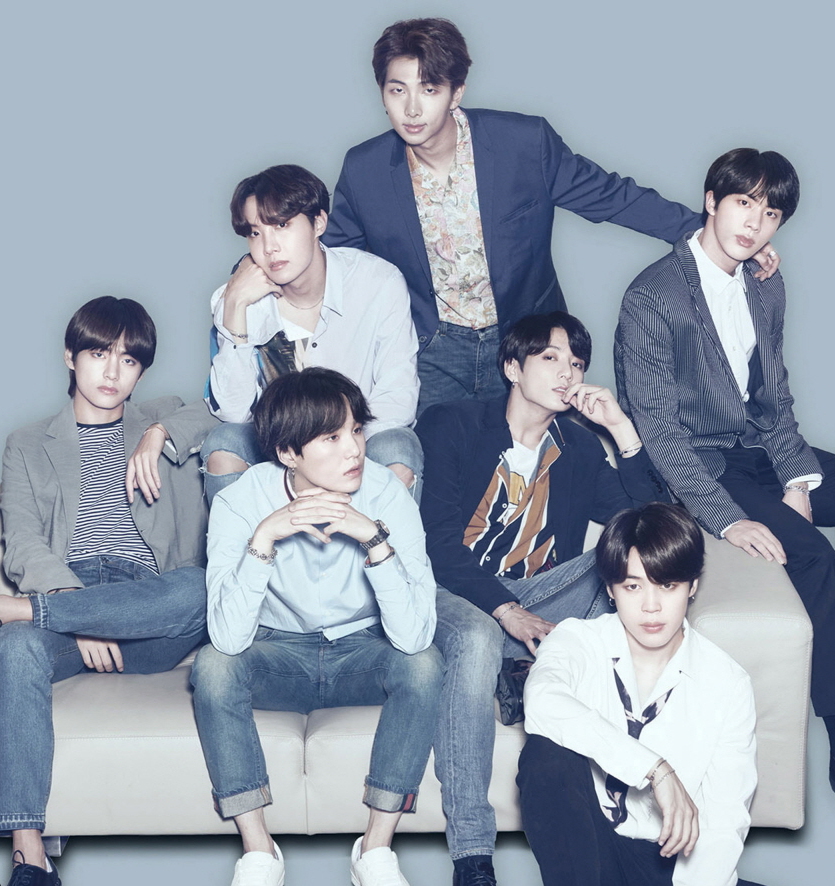
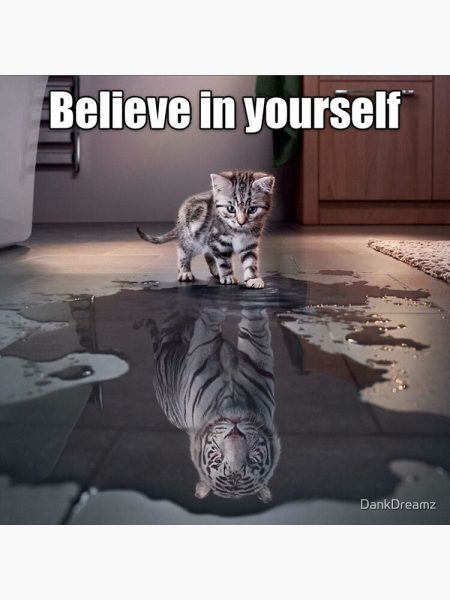






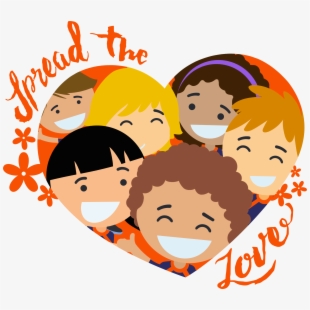
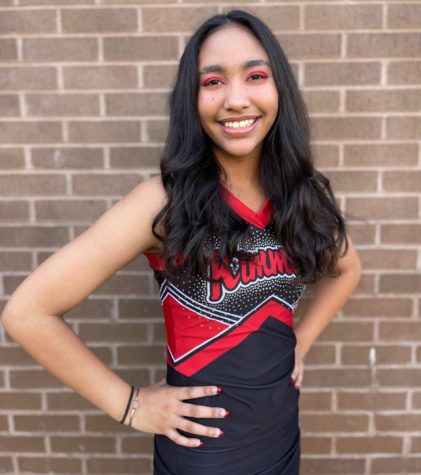
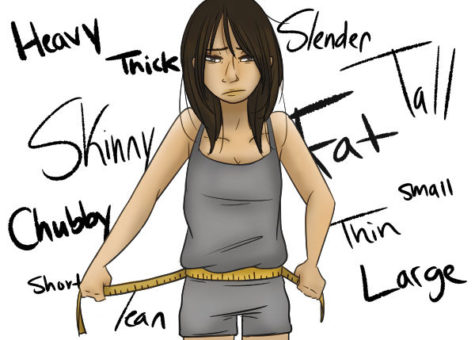
Charity Kelly • May 21, 2021 at 1:06 pm
I love k-pop and k-dramas. It really takes my mind off the bad times.